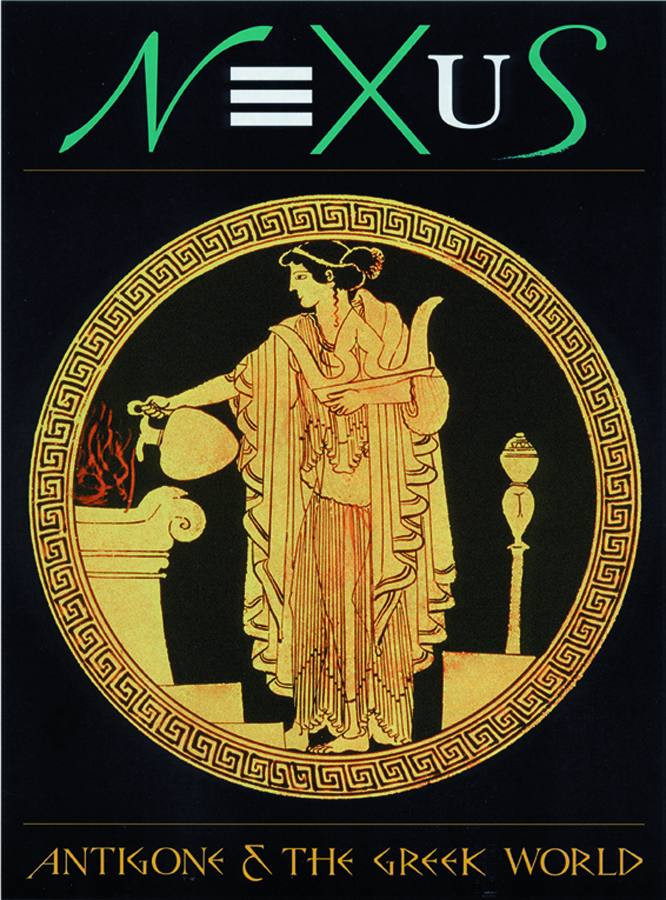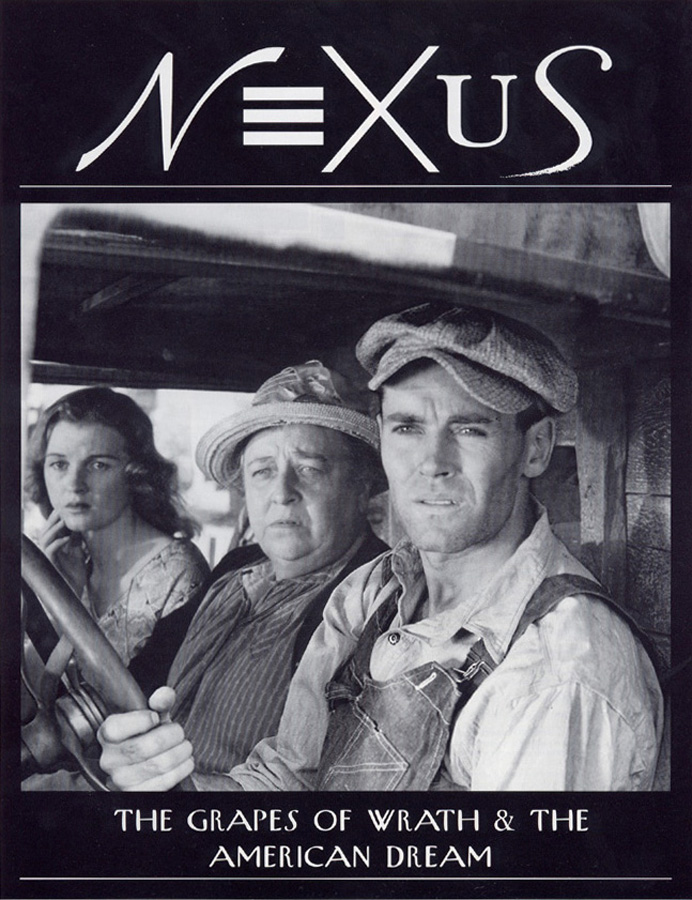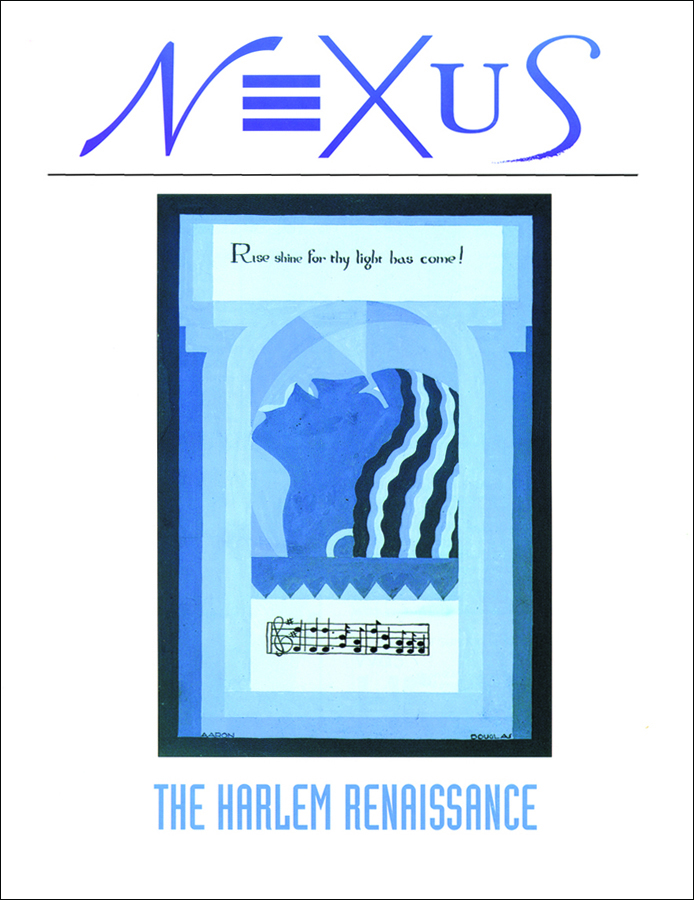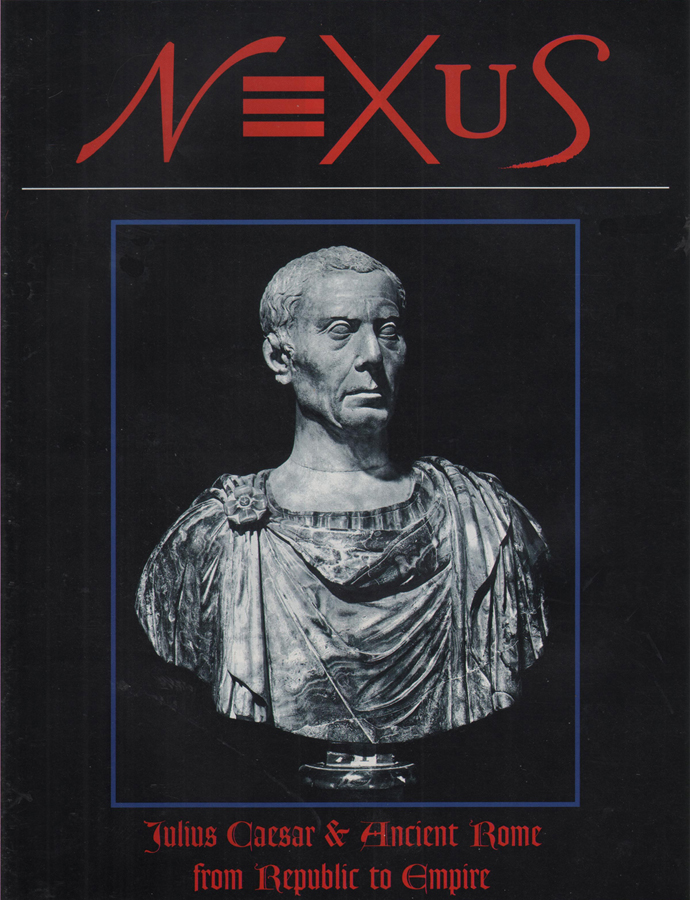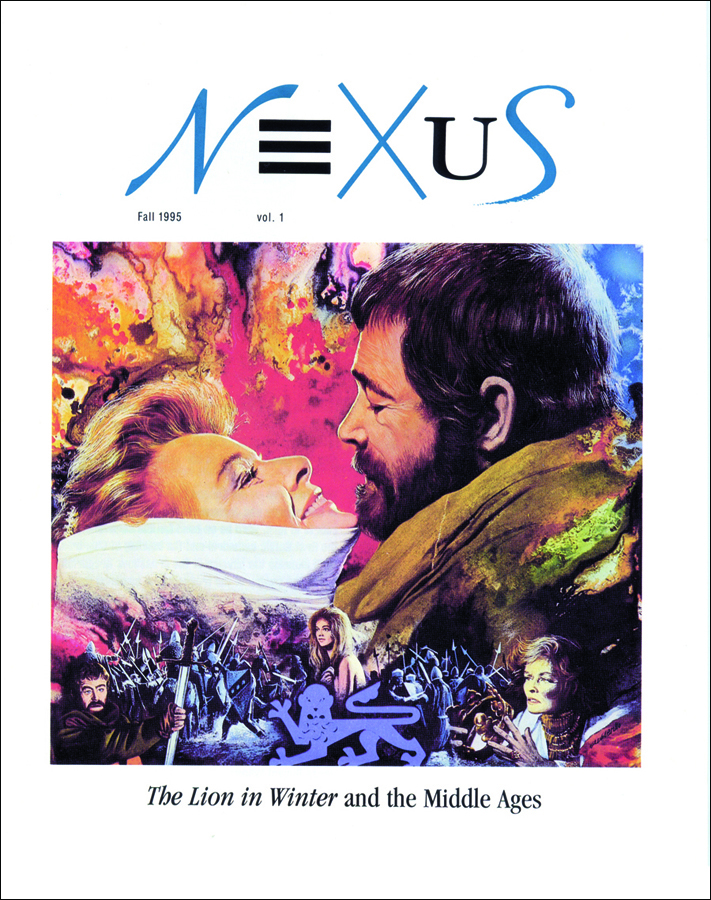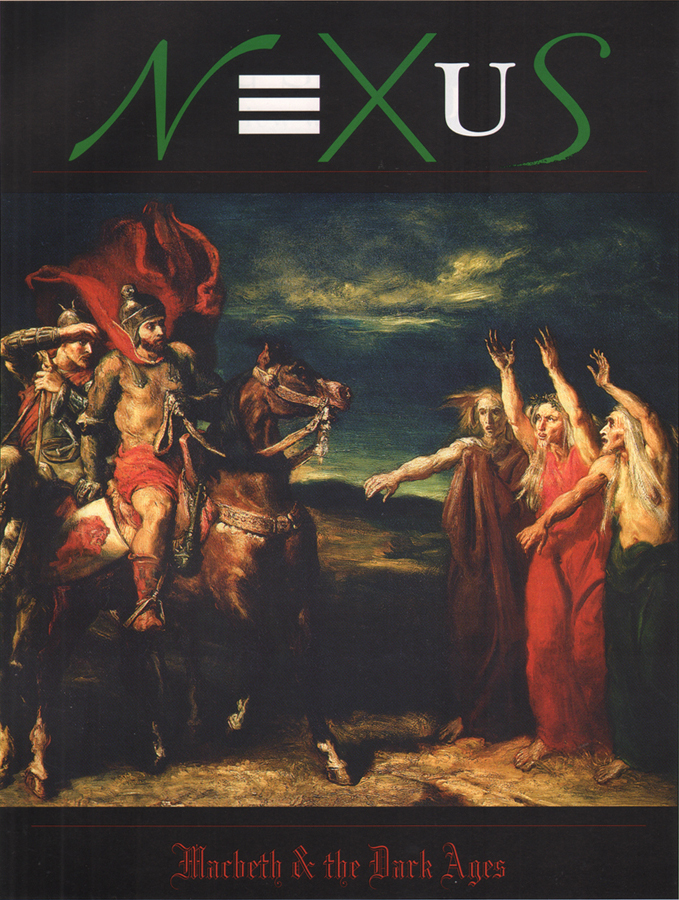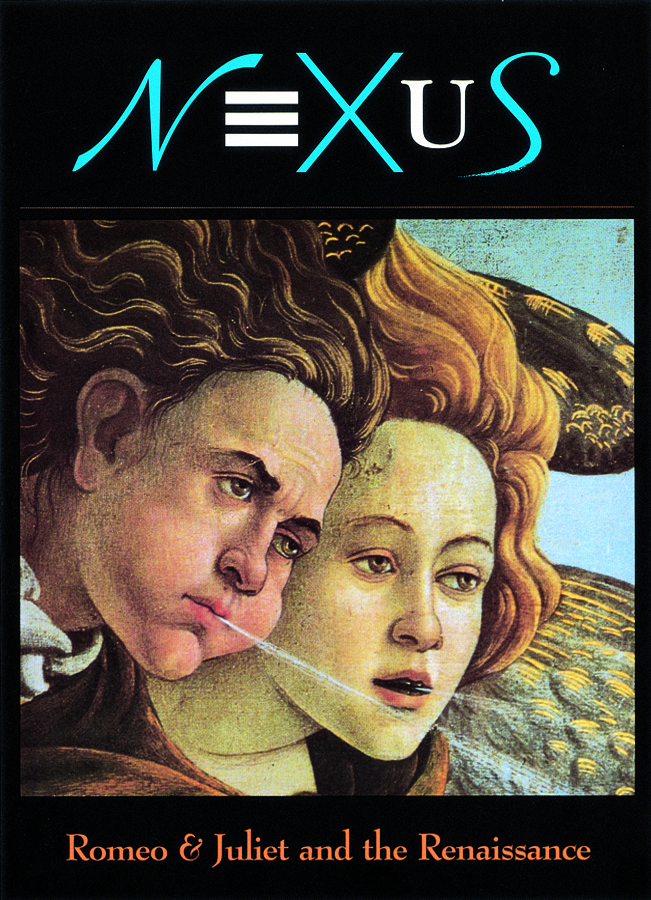Macbeth Lessons:
These Common-Core aligned FREE and FEE Macbeth lessons will help students tackle and appreciate Shakespeare’s figurative language; imagine, write and block their own Macbeth scene; identify and interpret themes in the play; and identify plot points.
TO ACCESS THE FREE or FEE LESSONS, REGISTER HERE.
(Each FEE MACBETH Lesson allows 30 days of access.)
TO ENSURE THE INTEGRITY OF THE ANSWERS TO LESSON QUESTIONS, THEY ARE NOT POSTED ONLINE.
TO REQUEST THE ANSWERS, EITHER EMAIL US A REQUEST, USING THE LINK BELOW, WITH YOUR DEPARTMENT HEAD’S OR PRINCIPAL’S SCHOOL EMAIL ADDRESS. (Answers will not be sent to personal email addresses.)
OR
SEND AN SASE (with the appropriate amount of postage) ON SCHOOL LETTERHEAD, ADDRESSED TO THE DEPARTMENT CHAIR to
NEXUS, 5017 Archmere Ave., Cleveland, OH 44144
Scene-Writing and Elocution Lessons
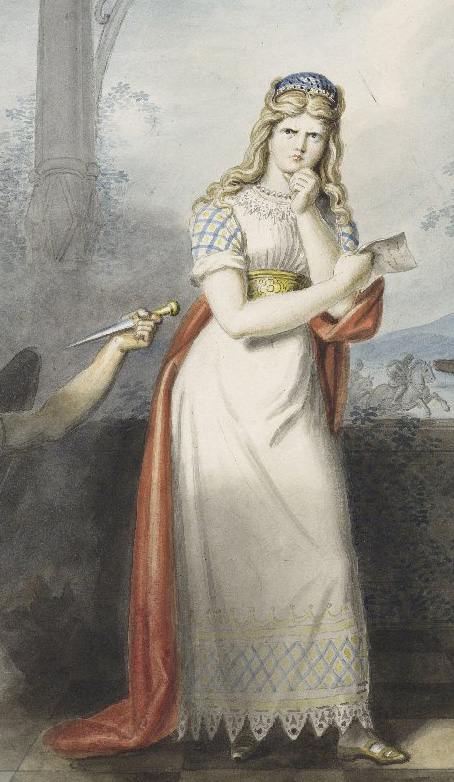
Contrasting Lady Macbeth Soliloquies – FREE Lesson
In this Macbeth lesson, students learn to block a scene and recognize the role soliloquy (what is said and what is suggested) plays in advancing the plot and suggesting themes. In addition they learn and practice vocal dynamics. Using symbols borrowed from music, students map out and then interpret the vocal dynamics of two outstanding film and one superb staged version of a Lady Macbeth soliloquy. Then they explore and explain how delivering parts of the soliloquy in different settings – and in at least one case, a surprising setting – supports the text and contributes to the drama in the film versions. Finally, incorporating vocal dynamics, each student will stage her or his own interpretation of the soliloquy for the class and critique a partner’s interpretation.
STUDENT PORTAL – Contrasting Lady Macbeth Scenes
For ACCESS to this FREE MACBETH LESSON
COMMON CORE STANDARDS MET WITH THIS LESSON:
CCSS.ELA-LITERACY.CCRA.R.7
Integrate and evaluate content presented in diverse media and formats, including visually and quantitatively, as well as in words.
CCSS.ELA-LITERACY.CCRA.R.2
Determine central ideas or themes of a text and analyze their development; summarize the key supporting details and ideas.
CCSS.ELA-LITERACY.RL.9-10.4
Determine the meaning of words and phrases as they are used in the text, including figurative and connotative meanings; analyze the cumulative impact of specific word choices on meaning and tone (e.g., how the language evokes a sense of time and place; how it sets a formal or informal tone).
CCSS.ELA-LITERACY.RL.9-10.6
Assess how point of view or purpose shapes the content and style of a text.
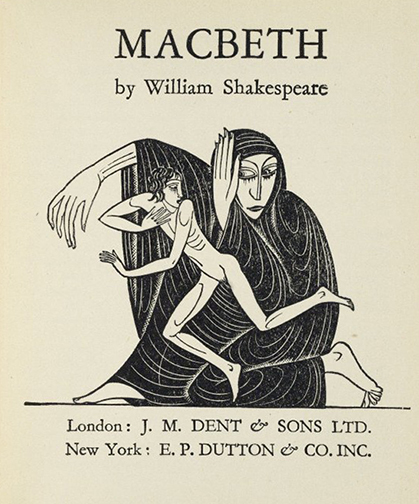
Contrasting Macbeth Soliloquies – FREE Lesson
In this Macbeth lesson, students learn to block a scene and recognize the role soliloquy (what is said and what is suggested) plays in advancing the plot and suggesting themes. Also, using symbols borrowed from music, students map out and then interpret the vocal dynamics of two film and one staged version of a Macbeth soliloquy. Then they explore and explain how delivering parts of the soliloquy in different settings – and in at least one case, a surprising setting – supports the text and contributes to the drama in the film versions. Finally each student will stage her or his own interpretation of the soliloquy, incorporating vocal dynamics, for the class and critique a partner’s interpretation.
STUDENT PORTAL – Contrasting Macbeth Soliloquies
For ACCESS to this FREE MACBETH LESSON
COMMON CORE STANDARDS MET WITH THIS LESSON:
CCSS.ELA-LITERACY.CCRA.R.7
Integrate and evaluate content presented in diverse media and formats, including visually and quantitatively, as well as in words.
CCSS.ELA-LITERACY.CCRA.R.2
Determine central ideas or themes of a text and analyze their development; summarize the key supporting details and ideas.
CCSS.ELA-LITERACY.RL.9-10.4
Determine the meaning of words and phrases as they are used in the text, including figurative and connotative meanings; analyze the cumulative impact of specific word choices on meaning and tone (e.g., how the language evokes a sense of time and place; how it sets a formal or informal tone).
CCSS.ELA-LITERACY.RL.9-10.6
Assess how point of view or purpose shapes the content and style of a text.
Images Courtesy of Folger Shakespeare Library
Macbeth Warcraft Language Lesson
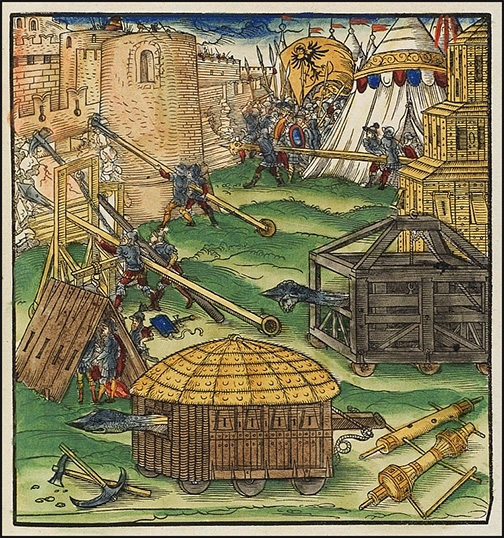
Warcraft in the Battle Scenes – FREE Macbeth Lesson
Students analyze Shakespeare’s word choices in the battle scenes that start and close the play and identify any anachronisms in the scenes while exploring the medieval military strategies employed in the battles. For extra credit, students are asked to write a short essay on warcraft in Macbeth, using a minimum of three sources (in addition to the NEXUS materials, the Bayeux Tapestry, and the play) for their research.
STUDENT PORTAL – Warcraft in the Battle Scenes
For ACCESS to this FREE MACBETH LESSON
COMMON CORE STANDARDS MET WITH THIS LESSON:
Analyze how complex characters (e.g., those with multiple or conflicting motivations) develop over the course of a text, interact with other characters, and advance the plot or develop the theme.
Determine the meaning of words and phrases as they are used in the text, including figurative and connotative meanings; analyze the cumulative impact of specific word choices on meaning and tone (e.g., how the language evokes a sense of time and place; how it sets a formal or informal tone).
Images Courtesy of Folger Shakespeare Library
Witch Scenes in Macbeth Lesson
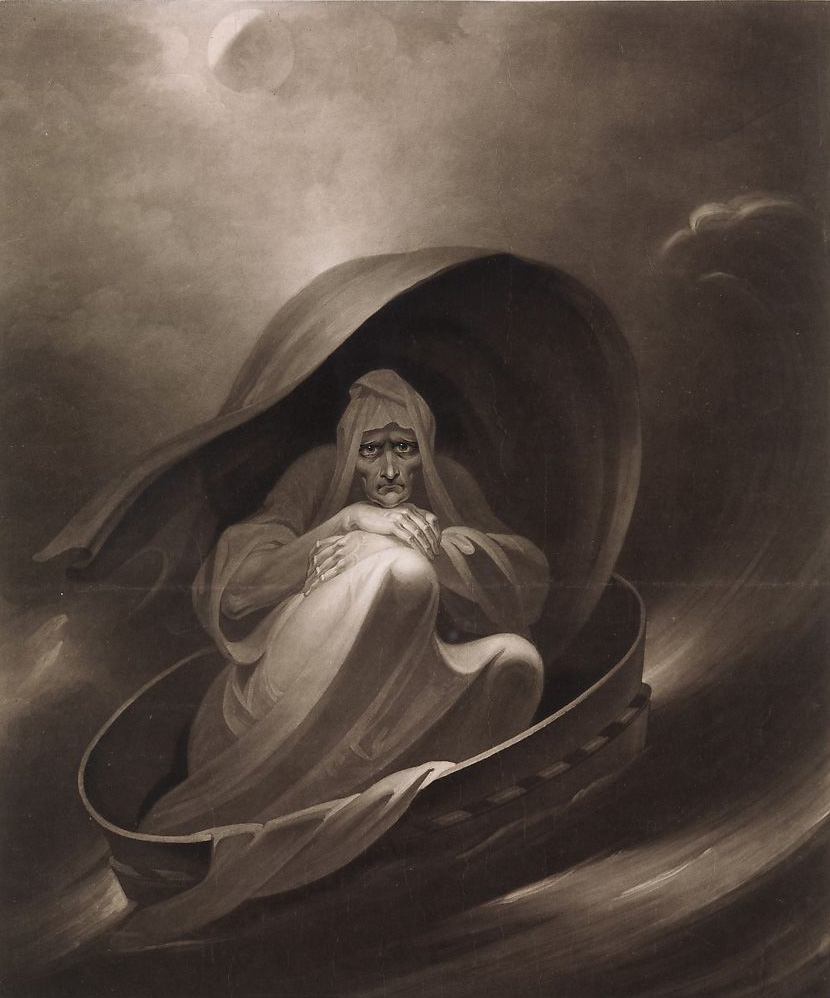
What’s Brewing Behind the Witch Scenes – FEE Macbeth Lesson
WHAT DO THE WITCHES’ CHANTS, SPELLS, AND ACTIONS REALLY MEAN? A few examples follow:
WITCH 1: Though his bark cannot be lost,/Yet it shall be tempest-tossed.
HECATE: There hangs a vap’rous drop profound;/I’ll catch it ere it come to ground;/And that distilled by magic sleights,/Shall raise such artificial sprites/As by the strength of their illusion/Shall draw him on to his confusion.
WITCH 2: By the pricking of my thumbs,/Something wicked this way comes.
This lesson explores the meanings of these and other expressions of the weird sisters. Students will examine witch chants and spells that reflect themes in Macbeth and spells that allude to King James’ experience with the so-called North Berwick witches. They will also learn how King James’s experiences and attitudes toward “witches” helped to shape the play.
STUDENT PORTAL – What’s Brewing Behind the Witch Scenes
COMMON CORE STANDARDS MET WITH THIS LESSON:
CCSS.ELA-LITERACY.RL.9-10.2
Determine a theme or central idea of a text and analyze in detail its development over the course of the text, including how it emerges and is shaped and refined by specific details; provide an objective summary of the text.
CCSS.ELA-LITERACY.RL.9-10.3
Analyze how complex characters (e.g., those with multiple or conflicting motivations) develop over the course of a text, interact with other characters, and advance the plot or develop the theme.
CCSS.ELA-LITERACY.RL.9-10.4
Determine the meaning of words and phrases as they are used in the text, including figurative and connotative meanings; analyze the cumulative impact of specific word choices on meaning and tone (e.g., how the language evokes a sense of time and place; how it sets a formal or informal tone).
CCSS.ELA-LITERACY.CCRA.R.6
Assess how point of view or purpose shapes the content and style of a text.
Images Courtesy of Folger Shakespeare Library
Comparing Chronicles that Refer to the Historical Macbeth
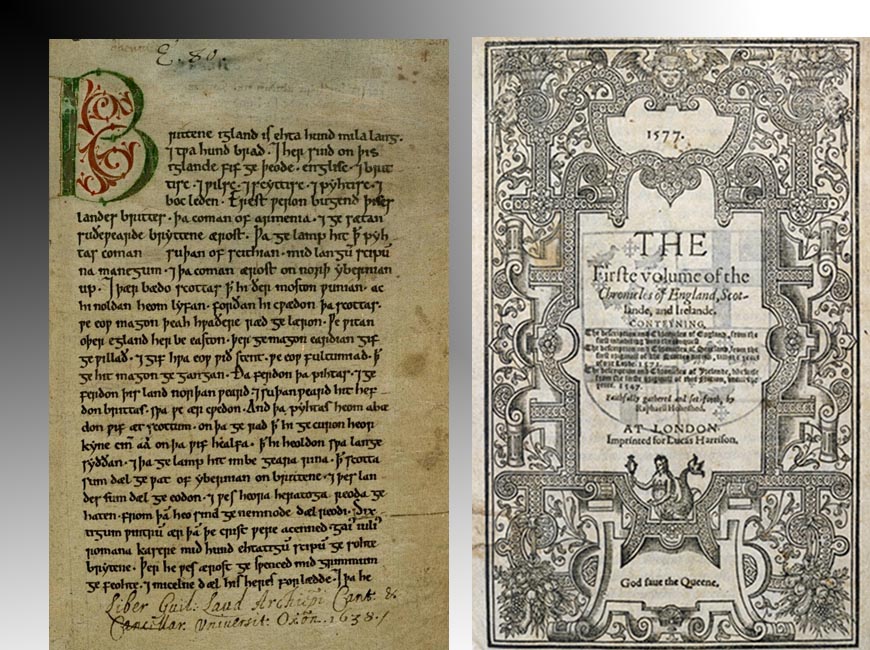
Comparing Macbeth Chronicles – FEE LESSON
This lesson students compare and contrast accounts of the historical Macbeth with Shakespeare’s Macbeth.
STUDENT PORTAL – Comparing Macbeth Chronicles
COMING SOON
COMMON CORE STANDARDS MET WITH THIS LESSON:
CCSS.ELA-LITERACY.CCRA.R.9
Analyze how two or more texts address similar themes or topics in order to build knowledge or to compare the approaches the authors take.
CCSS.ELA-LITERACY.RH.9-10.1
Cite specific textual evidence to support analysis of primary and secondary sources, attending to such features as the date and origin of the information.
CCSS.ELA-LITERACY.RH.9-10.6
Compare the point of view of two or more authors for how they treat the same or similar topics, including which details they include and emphasize in their respective accounts.
CCSS.ELA-LITERACY.RH.9-10.9
Compare and contrast treatments of the same topic in several primary and secondary sources.
Images Courtesy of Folger Shakespeare Library
Penning Puns, Antitheses and Metaphors Lesson
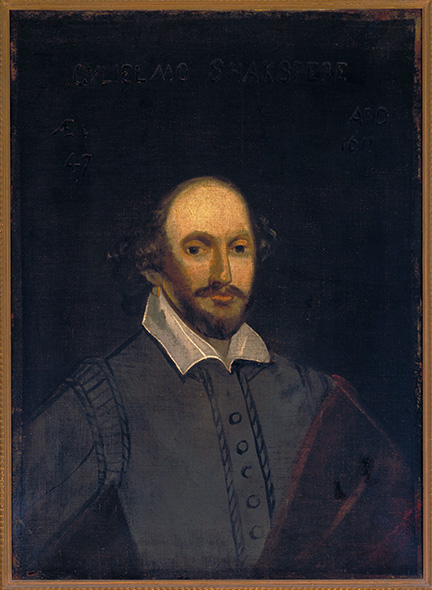
Writing à la Shakespeare – FEE Lesson
SHAKESPEARE’S language doesn’t have to stump students. The HOW TO PEN PUNS, METAPHORS & ANTITHESES lesson teaches them, step by step, how to write their own metaphors, antitheses and puns.
When students learn to WRITE figurative language, they are much more adept at READING it.
This lesson can be used with any Shakespeare play. For only $6 (for the entire class), the HOW TO PEN PUNS, METAPHORS & ANTITHESES lesson will change how students respond to Shakespeare’s language forever. After creating their own antitheses, metaphors and puns students will appreciate and be able to readily explicate Shakespeare’s figurative language.
Student Portal – How to Pen Puns, Antitheses, and Metaphors Lesson
COMMON CORE STANDARDS MET WITH THIS LESSON:
Determine the meaning of words and phrases as they are used in the text, including figurative and connotative meanings; analyze the cumulative impact of specific word choices on meaning and tone (e.g., how the language evokes a sense of time and place; how it sets a formal or informal tone).l tone).
Shakespeare Study Hall (Coming Soon)
Tackling the Figurative Language in Shakespeare’s Plays
In the online SHAKESPEARE STUDY HALL students explicate Shakespeare’s figurative language using graphic tools that help them to identify antithesis, parallelism, oxymoron, etc. The language is made clear and entertaining with cartoons that SHOW what Shakespeare SAYS.
The SSH is divided into three rooms – brain workout rooms: 1) the Romeo and Juliet Room; 2) the Macbeth Room; and 3) the Julius Caesar Room. Each year students’ facility with Shakespeare’s figurative language will greatly improve as they advance to the higher numbered rooms and tackle increasingly challenging exercises – or mental aerobics. As students acquire mastery over Shakespeare’s language, their reading and critical thinking skills will dramatically improve in literature and all other subjects.
NEXUS is a 501(c)(3) nonprofit based in Cleveland, OH. Our mission is to provide schools with outstanding interdisciplinary resources that inspire students to THINK, LINK and IMAGINE.
A portion of our proceeds is donated annually to UNICEF'S Audrey Hepburn All Children in School Fund.


